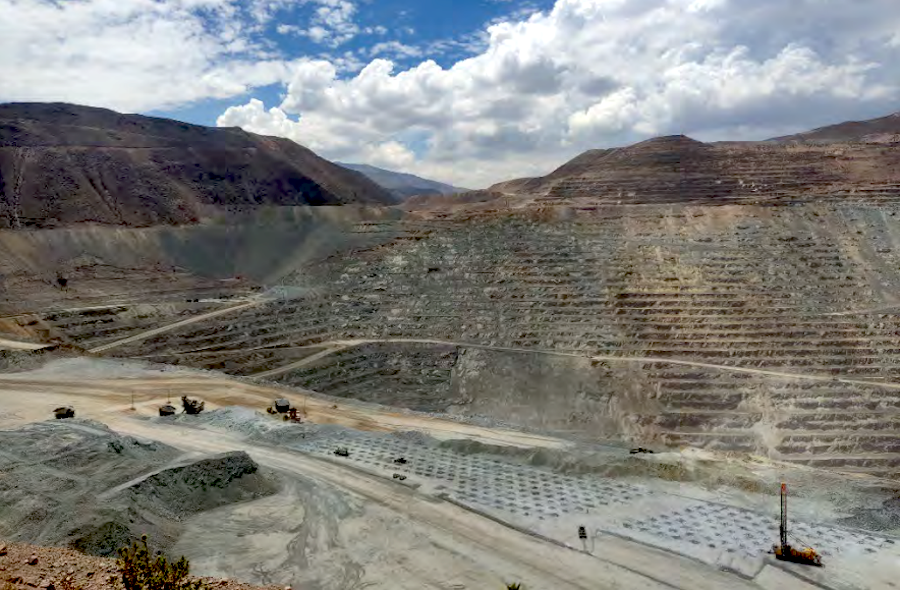
Operations at Southern Copper’s Cuajone mine in Peru have been suspended for 15 days as locals continue to block the company’s access to a water reservoir and other key supplies, the country’s mining and energy industry body has revealed.
The blockade began on February 28, when Southern Copper made the decision to replace a 50-year-old water pipe that supplies nearby communities.
According to Raul Jacob, chief executive of Southern Copper and current president of the Society of Mining, Petroleum and Energy of Peru (SNMPE), the section replaced is on the mine’s concession.
Jacob told local media he has documentation that proves the move was brought to community leaders as well as to regional and national authorities.
“The blockade took us by surprise,” Jacob said.
Workers at the Cuajone copper mine, which employs more than 5,000 people, are asking the government to mediate the conflict between the company and locals, arguing their jobs and lives are at risk.
“The refusal of residents to restore water supply to Cuajone and free the railroad prevent us from resuming operations at the mine,” Southern Copper said in an emailed statement.
The above video shared on social media shows mine workers asking for government help and calling locals to let supplies get to them.
The SNMPE said protesters were demanding $5 billion in compensation as well as a share of 5% of the company’s profits.
Pablo O’Brien, chair of the Arequipa Mining-Energy Management Committee and advisor to Peru’s Ministry of Energy and Mines told local media Gestión there was more to the situation, which he qualified as “very serious.”
“No one can just turn off water supplies to a group of people whatever the reason is…This situation is an unfortunate proof that the state does not have the capacity at this time to mediate to resolve conflicts,” O’Brien told Gestión.
Peru is the world’s second largest copper producer after neighbouring Chile and mining is a key source of tax revenue. Residents of nearby communities have been increasingly protesting mines, claiming they cause pollution without contributing enough to local economies.
Southern Copper, part of Grupo Mexico, is one of the biggest copper companies by mineral reserves and Cuajone is its second largest mine in Peru.
The miner’s copper production dropped by 4.3% in 2021 and it recently said it expected the decline to continue this year.
Southern Copper expects to churn out 922,000 tonnes of the metal used in construction and electric vehicles in 2022.
“After this year, we believe our 2023 production will bounce back to one million tons of copper,” it said in a February earnings statement. “By the end of this decade, as our organic growth projects mature, we expect to hit the 1.8 million-tonne copper production mark.”
Southern is developing projects worth $2.8 billion in Peru. If the up-and-coming Michiquillay and Los Chancas projects are included, that figure jumps to almost $8 billion.
Protests have hit several large mining companies in Peru since leftist President Pedro Castillo took office in July after winning the election with overwhelming support in the country’s impoverished mining regions.
The road used by MMG’s Las Bambas copper mine to transport its metal has been blocked on and off by residents who are demanding financial contributions from the company.
Last year, protests also disrupted the country’s top copper mine Antamina, co-owned by BHP (33.75%), Glencore (33.75%),Teck Resources (22.75%) and Mitsubishi (10%).
Glencore (LON: GLEN), Hudbady Minerals TSX, NYSE: HBM) and Hochschild Mining’s mines have also been affected.
Social unrest in the nation’s mining areas deepens global concerns around a looming deficit of copper.
According to estimates from CRU Group, the copper industry needs to spend more than $100 billion to close what could be an annual shortage of 4.7 million tonnes by 2030.